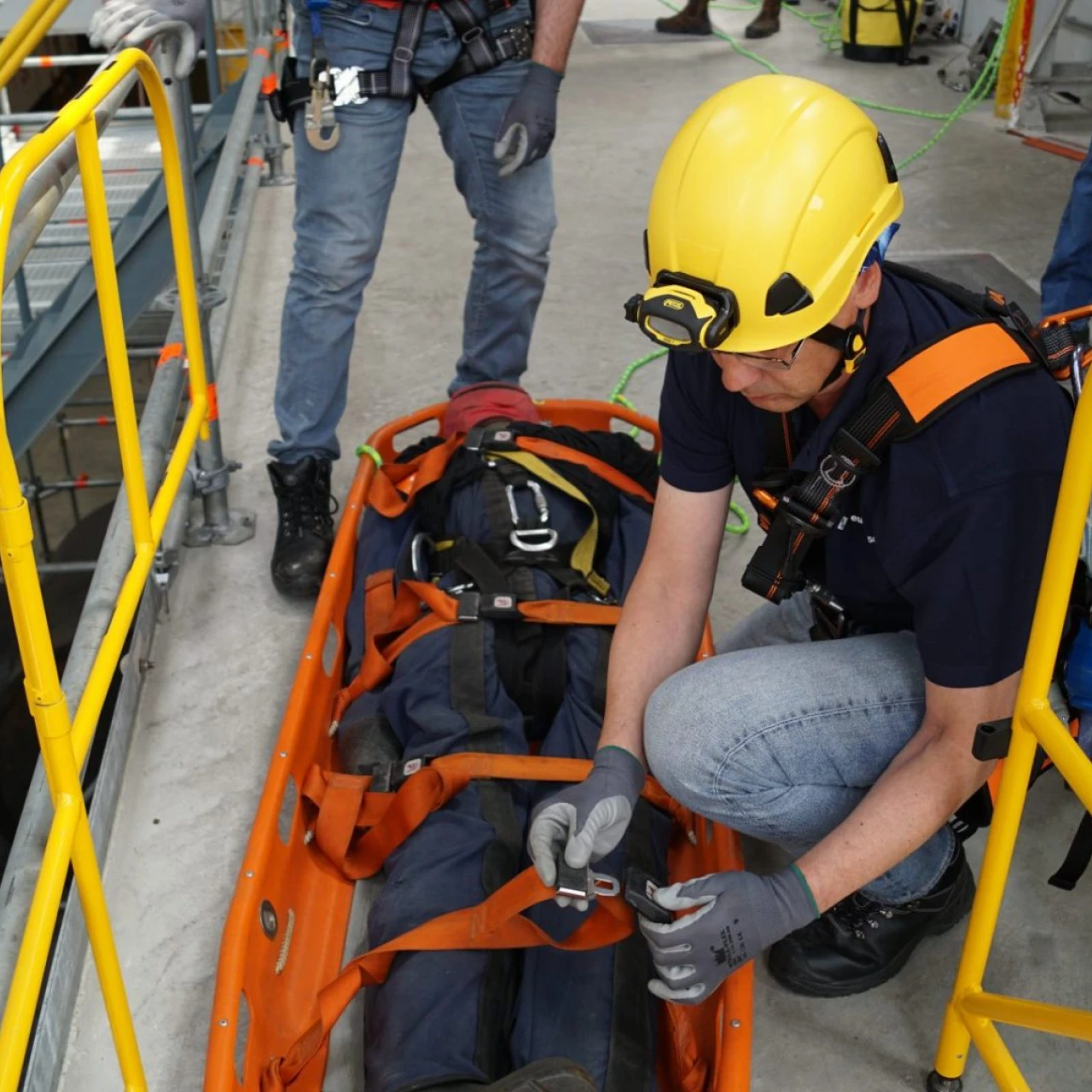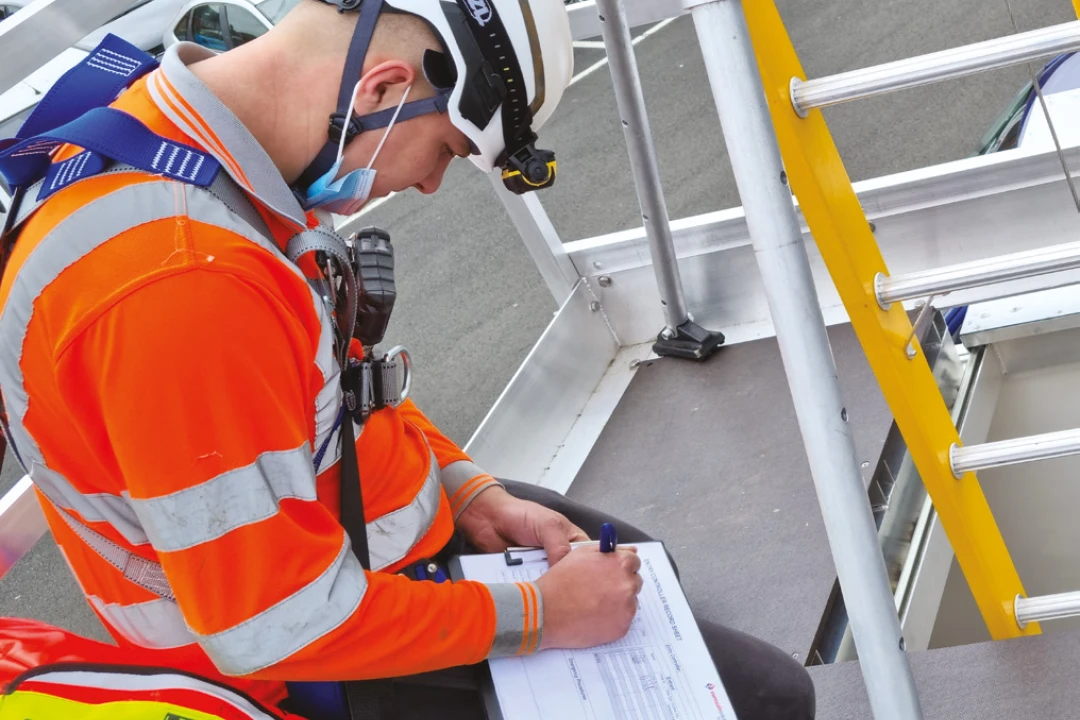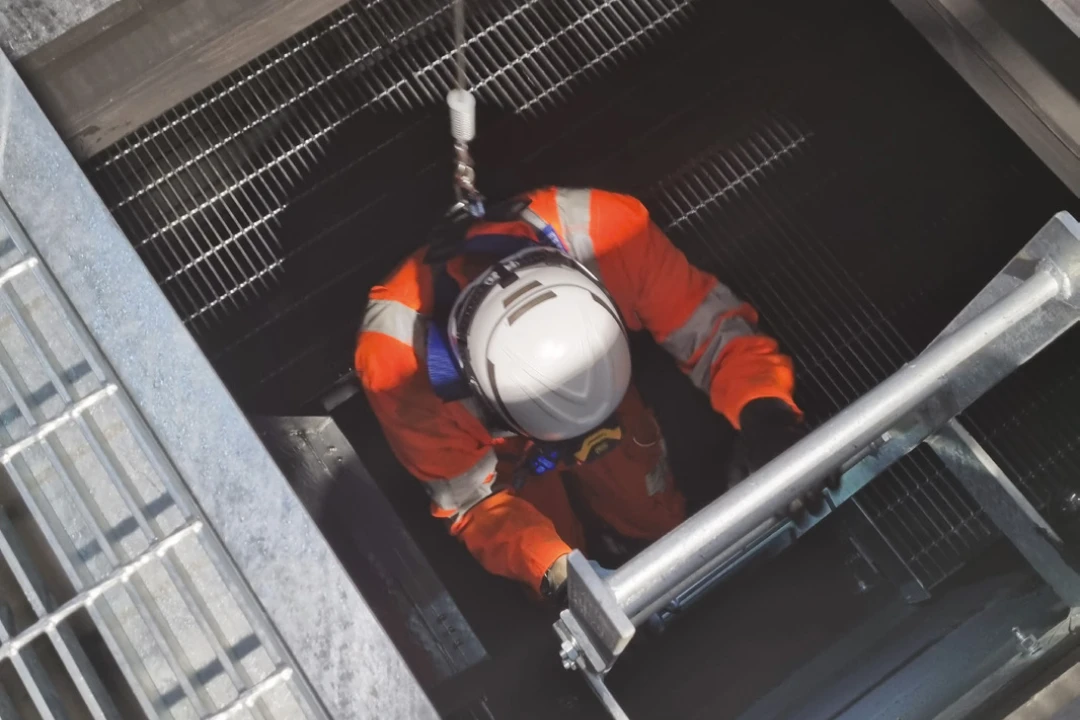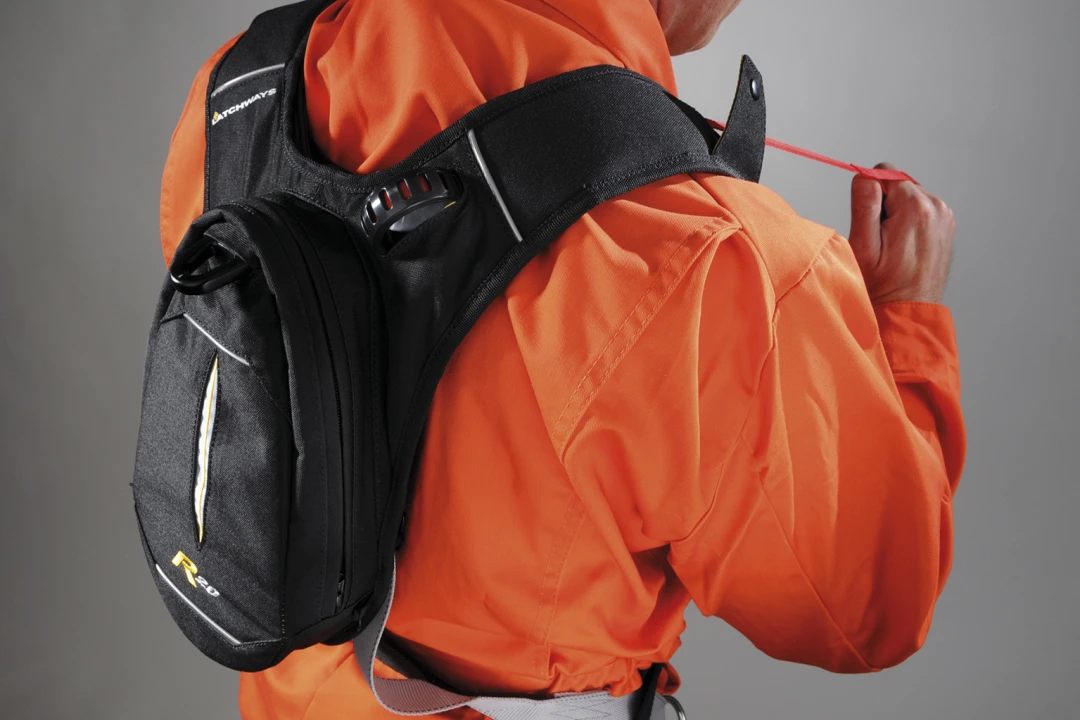

- Knowledge Base
- Tips & Explanations
- Confined Space Rescue & Evacuation Plan explained
Confined Space Rescue & Evacuation Plan explained
Confined spaces are an integral part of many industries, from manufacturing and construction to agriculture and petrochemicals. These spaces, although essential, pose unique risks, particularly when it comes to rescue and evacuation. Here, we'll explore the crucial aspects of confined space rescue and evacuation procedures.
Understanding Confined Spaces
First, let's clarify what constitutes a confined space. It's a space that:
Is not designed for continuous occupancy.
Has limited entry and exit points.
May contain hazards like toxic gases, low oxygen levels, or mechanical dangers.
The Importance of Safety
Confined spaces can be treacherous, with potential hazards such as toxic atmospheres, engulfment, or entrapment. It's vital to prioritise safety above all else. To achieve this:
Risk Assessment: Before entering a confined space, a thorough risk assessment must be carried out. Identify potential hazards, assess the atmosphere, and plan for proper rescue and evacuation.
Entry Permits: Entry should be controlled through permits that outline safety measures, equipment requirements, and emergency procedures. Only authorised and trained personnel should enter.
Rescue and Evacuation Procedures
When working in confined spaces, it's crucial to have well-defined rescue and evacuation plans in place.
Training: All personnel involved in confined space work should receive training on recognising hazards, using safety equipment, and executing emergency procedures. Regular drills are essential.
Communication: Effective communication is key. Use reliable communication devices within the confined space and maintain contact with personnel outside. Ensure there's a clear chain of command for decision-making.
Emergency Equipment: Have rescue equipment readily available, including harnesses, winches, and retrieval systems. Personal protective equipment (PPE) like self-contained breathing apparatus (SCBA) may also be necessary.
Non-Entry Rescue: Whenever possible, opt for non-entry rescue procedures, such as retrieval devices, to avoid exposing additional personnel to potential dangers.
Confined Space Attendants: Designate trained attendants to monitor conditions, communicate, and respond to emergencies. They should never enter the space unless adequately equipped and trained.
Access and Egress: Ensure safe entry and exit points, and have retrieval systems in place, like tripods or davit arms, to lift and transport an incapacitated worker.
Post-Incident Evaluation: After a rescue, conduct a thorough debriefing and review of the incident to identify areas for improvement and implement necessary changes.
Confined space rescue and evacuation procedures are not to be taken lightly. The safety of personnel should always be the top priority. Proper training, equipment, communication, and well-practised procedures are essential to ensure that when the unexpected happens, lives are protected, and emergencies are managed effectively. Understanding and respecting the unique challenges of working in confined spaces is a fundamental aspect of maintaining a safe and productive work environment.
Learn more about...


















